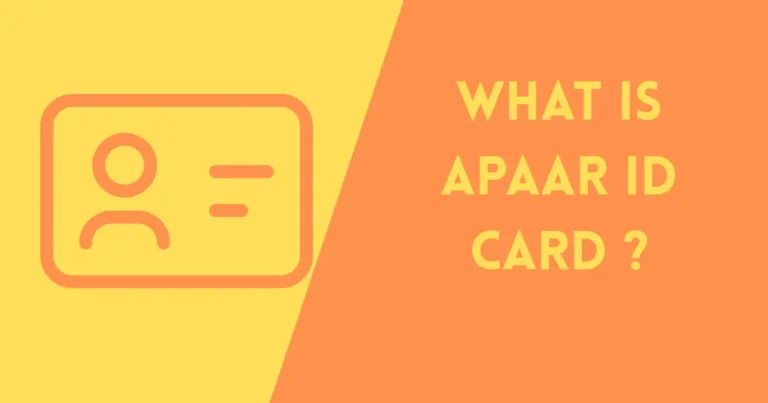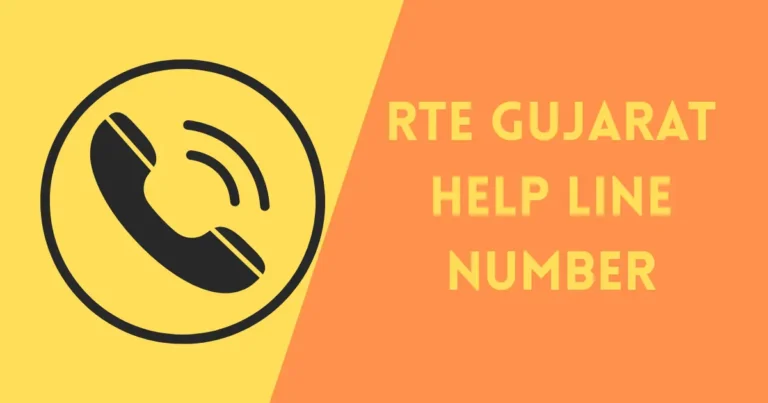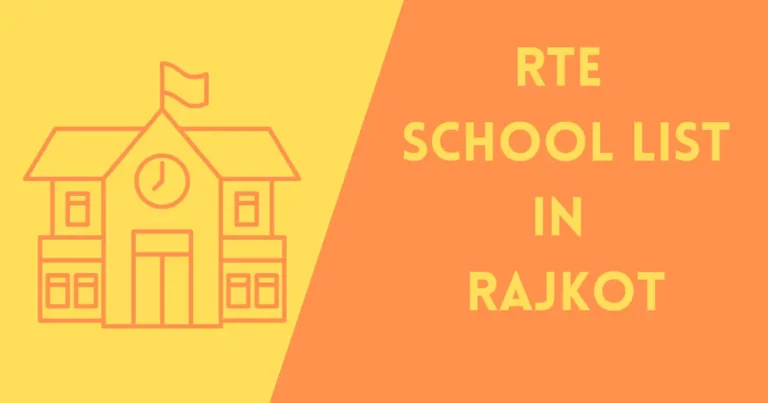The Right to Education (RTE) Act, passed in 2009 (RTE Act 2009), is one of India’s landmark pieces of legislation. It ensures that every child between 6 and 14 has the right to free and compulsory Education. The introduction of this Act was a significant step forward in addressing the educational disparities faced by millions of children, particularly those from marginalized communities.
This article dives into the key aspects of the RTE Act, its objectives, its impact on Indian Education, and the challenges it faces in practice.
What Does the RTE Act 2009 Stand for?
The RTE Act 2009, formally known as the “Right of Children to Free and Compulsory Education Act, 2009”, is a law that makes Education a fundamental right for all children between the ages of 6 and 14. This Act came into force on April 1, 2010, and has since aimed to provide universal access to quality education while addressing historical inequalities in India’s education system.
It is an essential part of India’s efforts to achieve inclusive Education, ensuring that no child is excluded from the right to learn due to economic, social, or cultural barriers.
The Key Objectives of the RTE Act 2009
The primary objective of the RTE Act is to ensure that children have access to free, quality education. The Act aims to:
- Make Education Accessible to All: Ensure every child can receive Education regardless of their economic background.
- Ensure Quality Education: Focus on improving the overall quality of Education, not just enrollment numbers.
- Address Disparities in Education: Reduce the educational gap between different socio-economic groups.
- Encourage Holistic Development: Support a comprehensive approach to learning, focusing on physical, emotional, and intellectual growth.
To whom does the RTE Act 2009 apply?
The RTE Act 2009 applies to all children in the age group of 6 to 14 years. It guarantees them the right to Education in a school that meets the minimum standards set by the government. The Act also applies to private and government schools, with specific stipulations.
The target beneficiaries of this law include:
- Children from disadvantaged and marginalized communities who historically had limited access to Education.
- Children from rural areas face logistical challenges in attending school.
The Fundamental Rights Under the RTE Act 2009
Under the RTE Act 2009, children are guaranteed the following rights:
- Free and Compulsory Education: Children have the right to attend school without any charge for tuition or fees.
- Non-Discrimination: No child can be denied admission to a school based on caste, religion, or gender.
- Quality Education: Children are entitled to EducationEducationts specified standards of quality and inclusivity.
- Minimum Infrastructure Standards: Schools must adhere to minimum infrastructure requirements, ensuring a conducive learning environment.
How the RTE Act Ensures Quality Education
To ensure the provision of quality education, the RTE Act outlines specific requirements for schools, including:
- Teacher Qualifications: Teachers must be appropriately trained and qualified to teach students effectively.
- Curriculum and Evaluation: The curriculum should focus on the overall development of children, with an emphasis on learning outcomes.
- No Child Left Behind: The Act mandates that no child can be held back or expelled until the completion of elementary Education
Impacationon Primary Education
The RTE Act 2009 has had a significant positive impact on primary Education in India. Some of the changes include:
- Increase in Enrollment: More children, primarily from economically weaker sections, are enrolling in schools.
- Better Infrastructure: Schools increasingly meet the required infrastructure standards, providing better facilities.
- Inclusive Education: Children with disabilities have better access to Education. Education promotes diversity in classrooms.
The Role of Government and Schools
The government plays a crucial role in enforcing and supporting the RTE Act. State and central governments are responsible for ensuring adequate funding for educational institutions, monitoring the implementation of the Act, and taking corrective actions when necessary.
Schools, on the other hand, must meet specific requirements, including:
- Providing free textbooks and uniforms.
- Ensuring trained teachers are in place.
- Creating a safe and supportive learning environment.
The Challenges and Criticisms of the RTE Act 2009
While the RTE Act has made considerable strides, there are challenges in its implementation:
- Infrastructure Deficiencies: Many schools still lack adequate infrastructure and resources.
- Teacher Shortages: Despite teacher qualification requirements, there are often not enough qualified teachers in rural and remote areas.
- Quality Concerns: While the Act mandates free Education, Education is inconsistent, particularly in underfunded schools.
RTE Act and Its Implementation
Implementing the RTE Act is a collaborative effort between state governments, local bodies, and educational institutions. The government has established a monitoring mechanism to ensure that schools comply with the standards set by the Act. However, challenges remain in terms of consistently monitoring progress across diverse regions.
Key Provisions in the RTE Act 2009
Some of the most important provisions of the RTE Act include:
- Section 3: Focuses on the right of every child to free and compulsory Education.
- SectiEducationndates a 25% reservation for disadvantaged children in private schools.
- Section 16: Prohibits the practice of physical punishment and mental harassment in schools.
The Role of Teachers under the RTE Act 2009
Teachers are pivotal to the success of the RTE Act. The Act requires that:
- Teachers should be adequately trained and undergo continuous professional development.
- Teacher-student ratios must be maintained at optimal levels to ensure effective teaching.
Infrastructure and Facilities Requirements
Under the RTE Act, schools are mandated to provide:
- Adequate classrooms and separate facilities for boys and girls.
- Toilets and drinking water for students.
- Playgrounds for physical development.
The Future of the RTE Act 2009
As India moves forward, the RTE Act will likely evolve to meet the needs of an ever-changing educational landscape. Continuous efforts are required to bridge gaps in quality and access, especially in rural and remote areas.
Conclusion
The RTE Act 2009 has undoubtedly transformed India’s educational landscape. While there are challenges, it has opened doors for millions of children who would otherwise have remained excluded from formal Education. Education’s long-term impact will depend on how effectively it is implemented and adapted to meet future educational needs.
Frequently Asked Questions (FAQs)
What age group does the RTE Act cover?
The RTE Act covers children between the ages of 6 and 14.
Does the RTE Act apply to private schools?
Yes, the Act applies to both government and private schools, with private institutions being required to reserve 25% of their seats for children from disadvantaged groups.
Is EducationEducationfree under the RTE Act?
Yes, the Act ensures free Education for children in the specified age group. This includes free textbooks, uniforms, and other educational materials.
What are the challenges in implementing the RTE Act?
Key challenges include inadequate infrastructure, teacher shortages, and inconsistencies in the quality of Education.
How does the RTE Act impact disadvantaged children?
The RTE Act has provided children from marginalized communities access to Education, significantly increasing their enrollment rates.
What is the role of the government under the RTE Act?
The government is responsible for ensuring the proper implementation of the Act, providing funding, monitoring schools, and addressing gaps in education quality.




